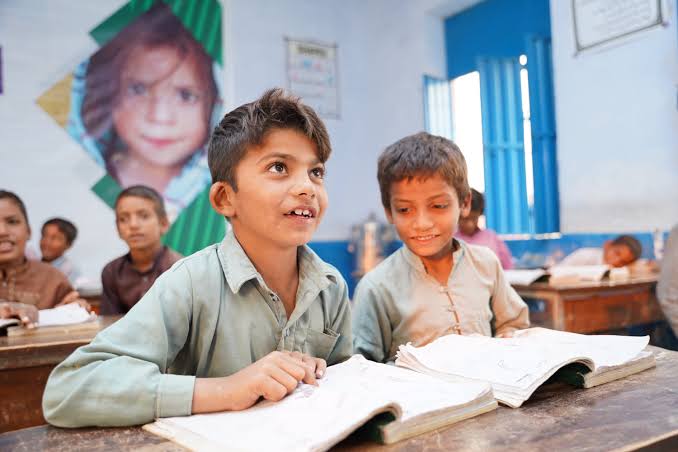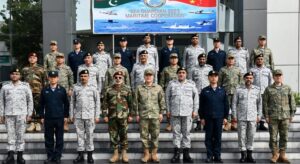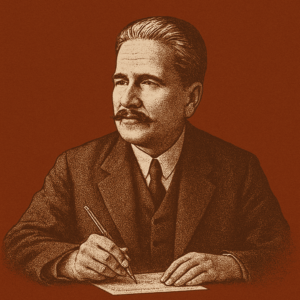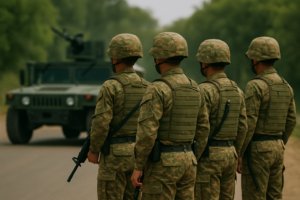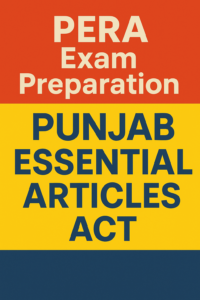Around the world, education systems are rapidly evolving to meet the needs of the 21st century. Unfortunately, Pakistan’s public school system remains stuck in the past.
With outdated curricula, minimal technological integration, and a lack of hands-on learning, Pakistani students are left underprepared for a competitive global environment.
In contrast, several countries have taken bold steps to reimagine education – not only to uplift individual students, but to drive long-term national growth.
Take Finland, for example. Globally renowned for its child-centric and well-funded public education system, Finland proves that quality education can be free and equitable.
Finnish students benefit from a relaxed yet deeply effective learning environment. They aren’t overwhelmed by exams; instead, they are encouraged to think critically, explore their interests, and learn by doing.
More importantly, Finnish schools introduce coding, digital tools, and creative thinking at a very early stage. This early exposure equips students with not only technical knowledge but also the confidence to innovate.
As a result, Finland consistently ranks among the top nations in global education assessments, proving that investing in children pays off.
On the other hand, Pakistan’s public schools barely offer functional computer labs. In many rural areas, students have never touched a computer, let alone written a line of code or used educational software.
Even in urban settings, most schools follow rigid, textbook-based instruction, leaving little room for creativity or skill development. The absence of digital literacy is a growing chasm that keeps Pakistani youth from thriving in a tech-driven world.
Looking toward South Asia, India offers another relevant example. Despite facing similar challenges of population pressure and resource constraints, India has made considerable progress in integrating digital tools and vocational training into its public education system. Through platforms like DIKSHA, Indian students gain access to interactive content, online assessments, and skill-based learning—all at the school level.
In recent years, vocational subjects such as electrical work, computer operations, and digital marketing have been introduced in many Indian public schools. These efforts don’t just enhance employability; they empower students to become problem-solvers and entrepreneurs.
Meanwhile, Pakistan lags behind in both vision and execution. There is little to no policy emphasis on skill-building, and most students graduate without the ability to apply their knowledge practically. The lack of alignment between education and employment further weakens the country’s human resource potential.
Germany offers yet another compelling contrast. Its renowned dual education system blends classroom learning with hands-on vocational training, starting right at the school level.
Technical schools, known as Berufsschulen, partner with industries to ensure that students gain real-world experience alongside their academic education. Whether it’s automotive technology, electrical engineering, or information systems, students are guided into practical fields based on aptitude.
This approach not only strengthens the workforce but also keeps Germany competitive in global manufacturing and innovation. One can only imagine the possibilities if Pakistan were to adopt a similar model and tapping into its youth’s potential.
Last but not least, China’s strategy deserves mention. With massive investments in artificial intelligence and digital education at the school level, China is preparing its next generation to lead the global tech economy.
AI labs, coding workshops, and virtual classrooms are no longer futuristic ideas – they are everyday realities in Chinese schools. This forward-thinking approach ensures that children are not just consumers of technology but active creators of it.
In stark contrast, Pakistan’s public school students struggle with blackboard lectures in overcrowded classrooms, deprived of both innovation and inspiration.
If Pakistan truly hopes to compete on a global scale, its public school system must undergo urgent transformation starting with a commitment to modernize, digitalize, and humanize learning. The world isn’t waiting. Neither should we.
Conclusively, If Pakistan wants to turn the tide and build a future-ready generation, it must stop beating around the bush and remember that education is the most powerful weapon which one can use to change the world.
📍 English Language Educator | Blogger & Content Strategist | 7+ Years in Educational Blogging
Nosheen Bashir is a dedicated English teacher and experienced blogger with over seven years of expertise in content creation and educational writing. Passionate about language, literature, and effective communication, she combines her teaching experience with blogging skills to create insightful, research-backed content that helps learners and educators alike.
🔹 Expertise & Achievements:
✔ English Language Education: A skilled educator with years of experience in teaching English grammar, literature, and communication skills to students of varying levels.
✔ Educational Blogging: Running a successful blog for 7+ years, delivering well-structured, engaging content on language learning, writing techniques, and academic success.
✔ SEO & Content Strategy: Specializes in creating high-ranking, authoritative articles that follow Google’s EEAT principles, ensuring content that is both informative and search-friendly.
✔ Student-Centric Approach: Committed to making English easier, engaging, and accessible, helping readers and students improve their language proficiency.
🚀 With a passion for teaching and writing, Nosheen Bashir is dedicated to crafting educational content that empowers students, teachers, and language enthusiasts worldwide.

